The Art of Crafting Authentic Donkey-Hide Gelatin Cake: A Deep Dive into Its Traditional Ingredients and Modern Adaptations*
Donkey-hide gelatin cake, known as Ejiao糕 in Chinese, is a revered traditional snack with roots in ancient Chinese medicinal practices. This chewy, nutrient-rich treat combines the earthy richness of donkey-hide gelatin with a medley of complementary ingredients, creating a harmony of flavor and health benefits. To truly appreciate this culinary delight, one must explore its foundational components, the roles they play, and how modern adaptations have expanded its appeal. This article delves into the intricate world of donkey-hide gelatin cake, uncovering the secrets behind its timeless recipe and contemporary variations.
At the heart of every authentic donkey-hide gelatin cake lies the eponymous ingredient—donkey-hide gelatin (Ejiao*). Derived from the collagen-rich hides of donkeys, this gelatin undergoes a meticulous production process that includes soaking, stewing, and concentrating the hides until they form a thick, amber-hued paste. The result is a substance prized in traditional Chinese medicine (TCM) for its perceived ability to nourish blood, moisten the lungs, and rejuvenate the body.
The gelatin’s unique texture—smooth yet slightly chewy—serves as the cake’s structural backbone. It also acts as a carrier for other ingredients, binding them into a cohesive, bite-sized form. Modern production often uses commercially prepared donkey-hide gelatin powder or blocks, though purists may insist on sourcing artisanal gelatin made using traditional methods.
Auxiliary Ingredients: Balancing Flavor and Function
While donkey-hide gelatin forms the base, the cake’s character emerges from a carefully curated blend of auxiliary ingredients. These components not only enhance taste but also align with TCM principles, which emphasize balancing the body’s yin and yang.
-
Black Sesame Seeds
Roasted black sesame seeds are a staple in donkey-hide gelatin cakes, offering a nutty aroma and a crunchy contrast to the gelatin’s softness. Rich in calcium, iron, and antioxidants, sesame seeds are believed to support kidney health and promote lustrous hair—a trait highly valued in TCM. -
Walnuts
Chopped walnuts contribute a buttery texture and earthy flavor. In TCM, walnuts are considered a “brain tonic,” associated with enhancing cognitive function and warming the kidneys. Their inclusion adds both nutritional depth and a satisfying texture.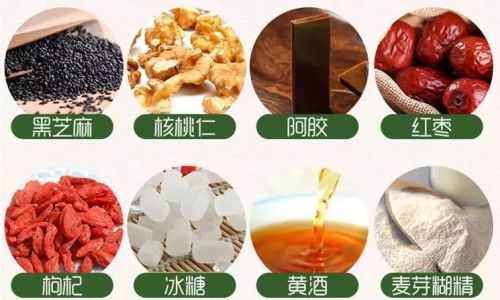
-
Jujube (Red Dates)
Dried jujubes, or red dates, impart a natural sweetness and caramel-like undertone. These fruits are revered for their ability to invigorate the spleen, nourish the blood, and alleviate fatigue. Their sticky flesh also helps bind the ingredients together. -
Rock Sugar
Rock sugar, made from crystallized sugarcane juice, serves as the primary sweetener. Unlike refined sugar, it is believed to be less “heating” to the body, making it a preferred choice in TCM-inspired recipes. Its mild sweetness balances the gelatin’s earthy notes without overwhelming the palate. -
Goji Berries
Optional but often included, goji berries add a tangy-sweet flavor and vibrant red hue. These “superfoods” of TCM are linked to liver and kidney health, as well as vision enhancement.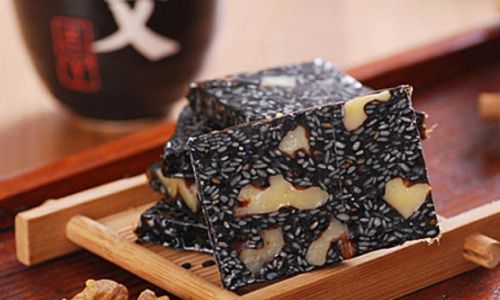
Modern Adaptations: Catering to Contemporary Tastes
As global palates evolve, so too does the recipe for donkey-hide gelatin cake. Modern iterations prioritize convenience, dietary preferences, and innovative flavor profiles while retaining the essence of the traditional dish.
-
Vegetarian and Vegan Alternatives
To accommodate plant-based diets, some recipes replace donkey-hide gelatin with agar-agar (derived from seaweed) or pectin. While these substitutes lack the collagen-specific benefits of donkey gelatin, they offer a gelatinous texture and align with ethical or environmental concerns. -
Low-Sugar and Sugar-Free Options
Health-conscious consumers may opt for natural sweeteners like monk fruit extract or erythritol instead of rock sugar. These alternatives reduce calorie content without compromising the cake’s structural integrity.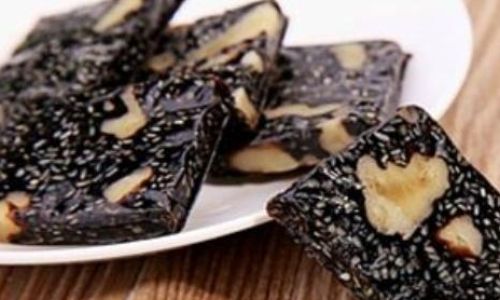
-
Exotic Flavor Infusions
Creative chefs and home cooks now experiment with add-ins such as:- Matcha Powder: For a bittersweet, antioxidant-rich twist.
- Rose Petals: To impart a floral aroma and visual elegance.
- Cocoa Nibs: For a bittersweet crunch and chocolatey undertones.
- Dried Lavender: Adding a calming, aromatic note.
-
Functional Enhancements
Some modern recipes incorporate superfoods like chia seeds, spirulina, or collagen peptides from bovine sources. These additions cater to trends like gut health, protein supplementation, and anti-inflammatory diets.
The Role of Traditional Chinese Medicine (TCM) in Ingredient Selection
The selection of ingredients in donkey-hide gelatin cake reflects the holistic philosophy of TCM, which views food as medicine. Each component is chosen not just for taste but for its perceived therapeutic properties:
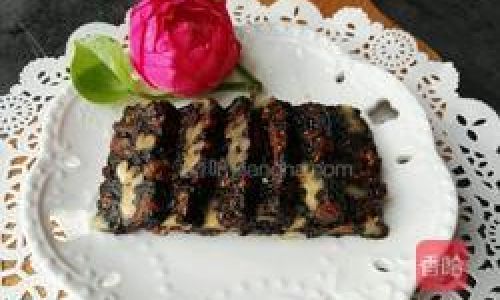
- Blood Nourishment: Donkey-hide gelatin and jujubes are believed to replenish qi (vital energy) and blood, making the cake a popular postpartum or wintertime tonic.
- Kidney and Liver Support: Black sesame and walnuts are associated with strengthening the kidneys and liver, organs tied to longevity and vitality in TCM.
- Harmonizing Yin and Yang: The combination of warming (walnuts) and cooling (goji berries) ingredients aims to balance the body’s internal energies.
Preparation Techniques: From Stovetop to Instant Pot
Traditional methods involve slow-cooking the gelatin with water and rock sugar until it dissolves, then mixing in the dry ingredients and pouring the mixture into molds. The cake is chilled until firm, then sliced into bite-sized pieces.
Modern kitchens, however, may use pressure cookers or microwaves to expedite the gelatin-melting process. Some even employ food processors to finely grind nuts and seeds, creating a smoother texture.
Cultural Significance and Global Appeal
Beyond its culinary merits, donkey-hide gelatin cake holds cultural weight as a symbol of nourishment and care. It is often gifted to new mothers, the elderly, or those recovering from illness as a gesture of support. In recent years, its reputation as a “beauty food” has sparked interest in Western markets, where it is marketed as a collagen-boosting snack.

Conclusion: A Timeless Blend of Tradition and Innovation
The allure of donkey-hide gelatin cake lies in its ability to bridge centuries-old wisdom with contemporary creativity. While the core ingredients remain rooted in TCM principles, modern adaptations ensure its relevance in a rapidly changing world. Whether enjoyed in its classic form or reimagined with avant-garde twists, this cake continues to embody the essence of holistic well-being—one delicious, chewy bite at a time.
As global interest in functional foods grows, the humble donkey-hide gelatin cake stands as a testament to the enduring power of tradition and the boundless possibilities of culinary evolution.
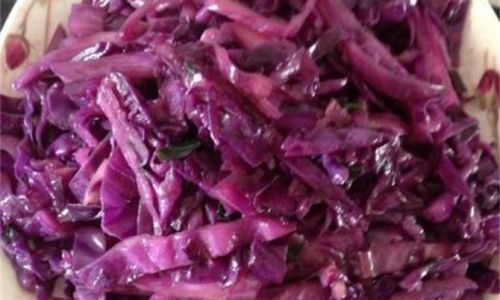

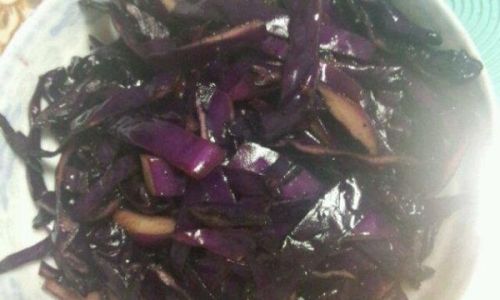
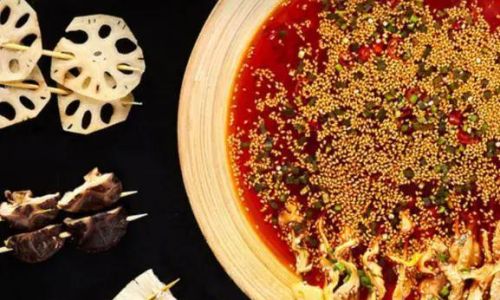
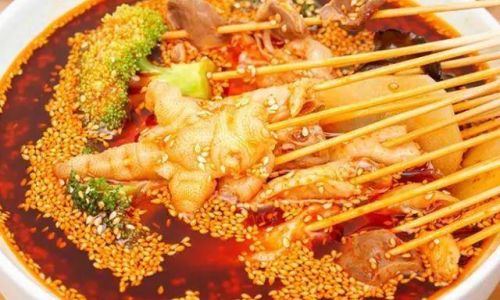
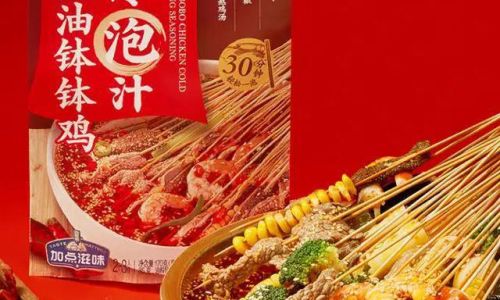
0 comments